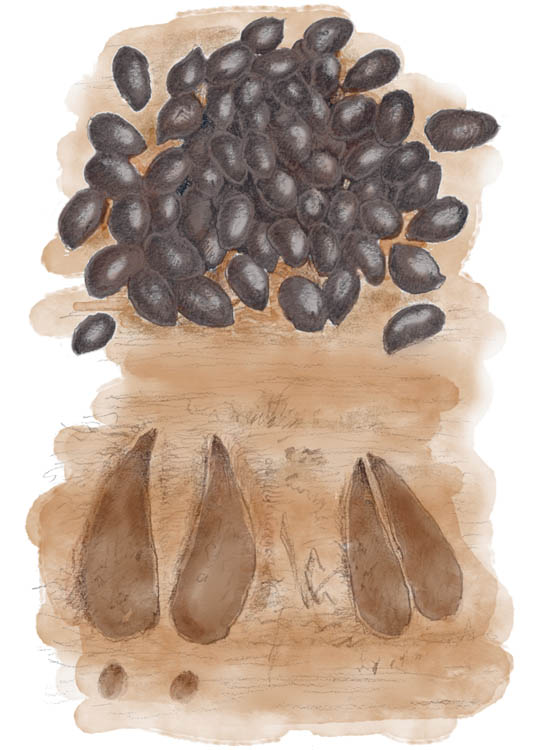Scout for Deer
[Adapted from The Beginner’s Guide to Hunting Deer for Food by Jackson Landers]
The day that you hunt should not be the first time you visit the land you’ll be hunting on. Satellite maps can help you size up an area before hunting, but they can’t completely take the place of being out there on foot to see where the deer and their food sources are. Regular visits to your intended hunting ground will help you understand the area better. Scouting can be enjoyable and is comparable to the proverbial day at the park. Pack a picnic; bring a camera and binoculars. Once you have identified food sources and travel routes that the deer in the area are using, you can start looking for good sites where you can hide or set up a tree stand from which to ambush deer.

Deer scat and footprints are easy to identify. The relative freshness of either is an indicator of how recently a deer has passed by.
- As you walk around, look carefully for footprints and scat.
- You might be able to identify bedding areas, which will be oval-shaped depressions in tall grass or brush, with scat and cloven footprints nearby.
- Pay attention to what types of trees you see. Oak trees are going to drop acorns that are an important source of food for deer when hunting season starts.
- Any regularly mown grass or hayfield will also serve as a food source and gathering area in fall and winter. Try walking along the edges of any fields to look for deer trails where deer will be entering the area.